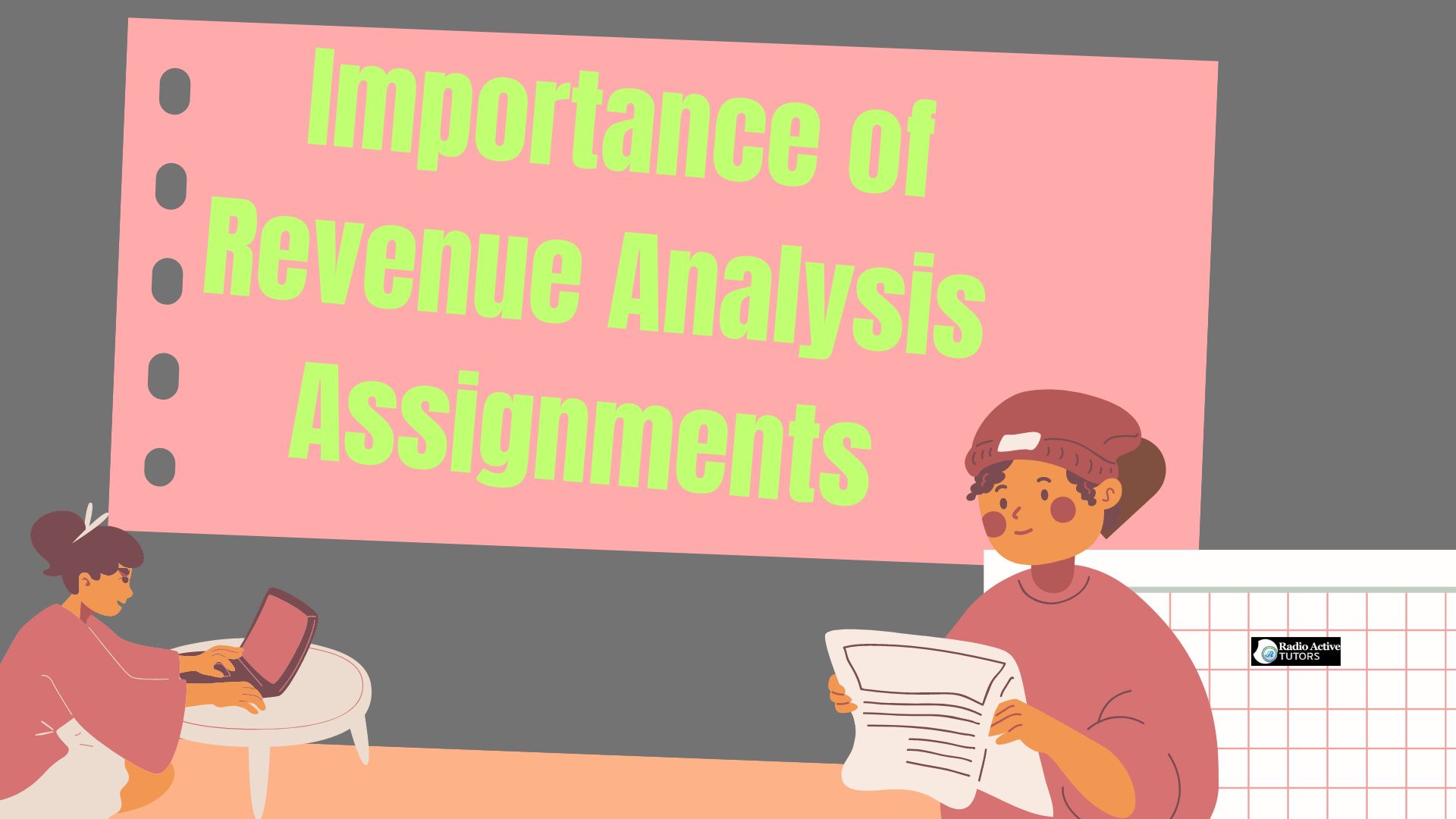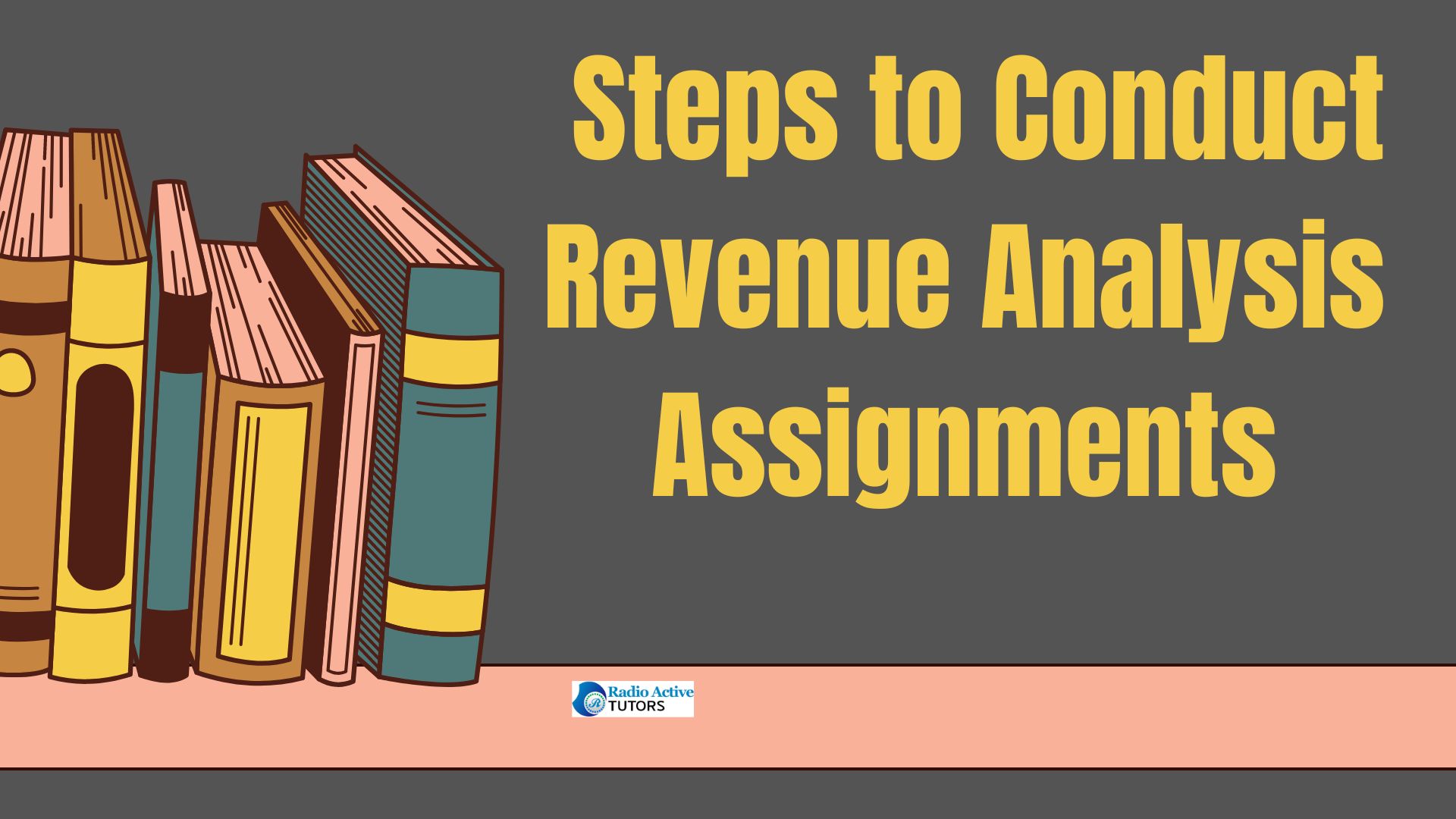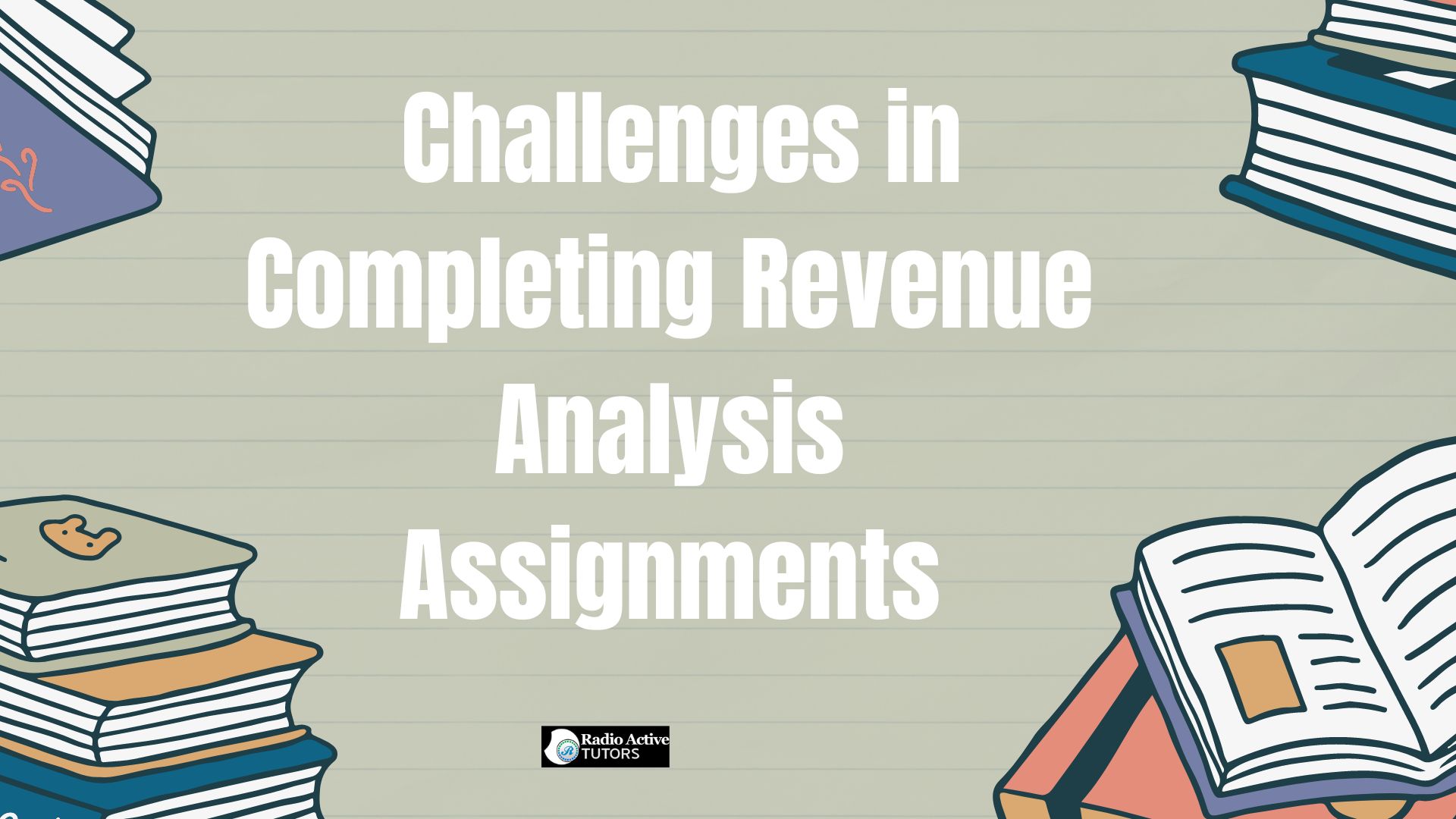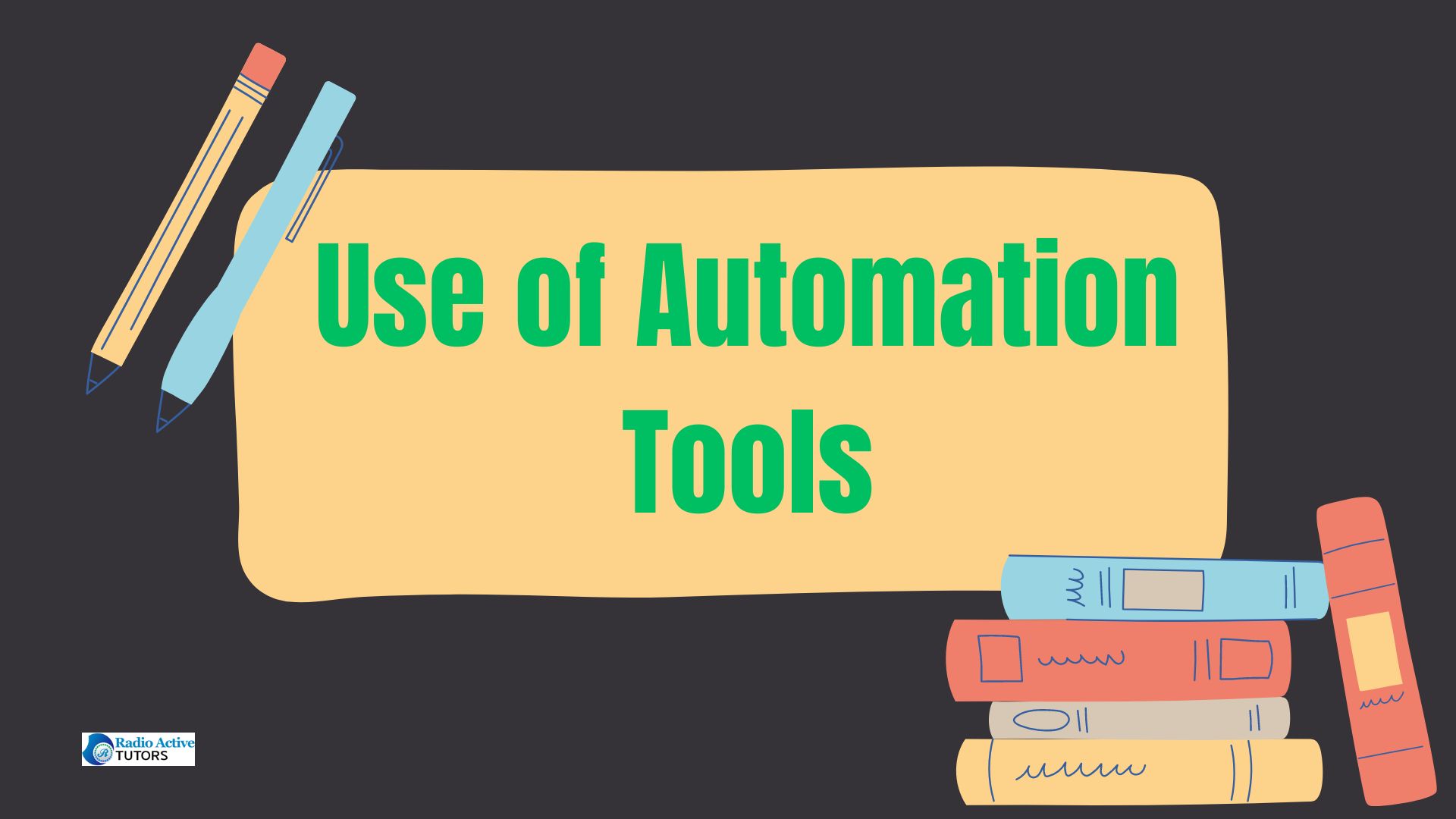Table of Contents
I. Introduction
II. Types of Revenue Analysis Assignments
III. Importance of Revenue Analysis Assignments
IV. Key Components of Revenue Analysis Assignments
V. Steps to Conduct Revenue Analysis Assignments
VI. Case Studies on Revenue Analysis Assignments
VII. Challenges in Completing Revenue Analysis Assignments
VIII. Best Practices for Completing Revenue Analysis Assignments
IX. Frequently Asked Questions (FAQs)
I. Introduction
- What is Revenue Analysis?

Revenue analysis is a critical process in business and finance that involves the examination and interpretation of a company’s revenues. It encompasses the systematic evaluation of various aspects of revenue streams, such as sources, trends, and performance indicators, to gain insights into a company’s financial health and operational efficiency. Revenue analysis assignments typically require the application of analytical techniques to assess revenue data, identify patterns, and make informed projections. This process helps businesses understand the dynamics of their revenue generation, optimize pricing strategies, evaluate sales performance, and ultimately make data-driven decisions to enhance profitability and sustainability.
- Importance of Revenue Analysis Assignments
The importance of revenue analysis assignments cannot be overstated in the realm of business and finance. These assignments play a crucial role in developing a deep understanding of a company’s revenue generation processes and patterns. By analyzing revenue data systematically, students gain insights into the factors influencing revenue, such as market conditions, customer behavior, and operational efficiencies. This analysis helps in identifying growth opportunities, optimizing pricing strategies, and improving overall financial performance.
Moreover, revenue analysis assignments enable students to apply analytical techniques, interpret financial statements, and make data-driven recommendations, which are essential skills for future careers in business and finance. Thus, these assignments not only enhance academic learning but also prepare students to contribute effectively to real-world business challenges.
II. Types of Revenue Analysis Assignments
- Comparative Revenue Analysis
Comparative revenue analysis is a fundamental aspect of types of revenue analysis assignments in the field of business and finance. This type of analysis involves comparing the revenue performance of a company over different periods, against industry peers, or against specific benchmarks. By examining these comparisons, students can gain valuable insights into how a company’s revenue growth or decline stacks up relative to others in the industry. Comparative revenue analysis helps identify trends, assess competitive positioning, and pinpoint areas where the company may be underperforming or outperforming its peers.
This analysis is crucial for making informed decisions about pricing strategies, market expansion opportunities, and operational improvements. Overall, comparative revenue analysis assignments provide students with practical experience in analyzing and interpreting financial data, enabling them to develop critical skills that are essential for success in business and finance careers.
Trend analysis is a pivotal component of revenue analysis assignments in the field of business and finance. This type of analysis involves examining historical revenue data to identify patterns, trends, and variations over time. By analyzing these trends, students can gain insights into the growth trajectory of a company’s revenue, seasonal fluctuations, and long-term performance trends. Trend analysis helps in forecasting future revenue potential, understanding the impact of economic cycles on revenue generation, and evaluating the effectiveness of business strategies.
It enables students to develop skills in interpreting financial data, making projections, and providing recommendations to optimize revenue generation. Ultimately, trend analysis assignments provide valuable experience in understanding the dynamics of revenue streams and preparing students for analytical roles in the business world.
Forecasting revenue is a critical aspect of types of revenue analysis assignments in the field of business and finance. This process involves using historical data and statistical techniques to predict future revenue trends and outcomes. Forecasting revenue helps businesses anticipate revenue streams, plan for growth opportunities, and make informed decisions about resource allocation and investment.
In revenue analysis assignments, students learn to apply various forecasting methods such as time series analysis, regression analysis, and financial modeling to estimate future revenues accurately. This skill is essential for strategic planning, budgeting, and setting realistic financial goals. Moreover, forecasting revenue provides students with practical experience in data analysis, interpretation, and presentation, preparing them for roles in financial analysis and management where revenue prediction is crucial for decision-making and performance evaluation.
III. Importance of Revenue Analysis Assignments

- Decision-Making in Business
Decision-making in business heavily relies on the insights gained from revenue analysis assignments. These assignments are crucial in providing students with the skills and knowledge to analyze revenue data effectively, interpret financial statements, and make informed decisions. By understanding revenue patterns, trends, and factors influencing revenue generation, students can evaluate the performance of different business strategies, pricing models, and market opportunities. This analysis helps in identifying areas of improvement, optimizing revenue streams, and allocating resources efficiently.
Furthermore, revenue analysis assignments prepare students to assess risks, forecast financial outcomes, and recommend strategies that align with organizational goals and market conditions. Ultimately, the ability to make data-driven decisions based on revenue analysis is essential for business success, enabling students to contribute effectively to business growth and profitability in their future careers.
Strategic planning is significantly enhanced by the insights gained from revenue analysis assignments in the field of business and finance. These assignments play a crucial role in helping students understand the dynamics of revenue generation, market trends, and competitive positioning. By analyzing revenue data and trends, students can identify opportunities for growth, assess the performance of different business units or products, and evaluate the effectiveness of current strategies. This analysis provides a solid foundation for strategic planning, enabling students to develop realistic goals, formulate strategies to achieve those goals, and allocate resources effectively.
Moreover, revenue analysis assignments prepare students to anticipate market changes, mitigate risks, and adapt strategies in response to evolving business conditions. Ultimately, the skills gained from revenue analysis assignments are essential for developing and implementing strategic plans that drive long-term business success and sustainability.
Performance evaluation is a critical component in the importance of revenue analysis assignments within the field of business and finance. These assignments provide students with the necessary skills to assess and evaluate the financial performance of a company based on its revenue data. By analyzing revenue streams, trends, and key performance indicators, students can measure the effectiveness of business strategies, identify areas of improvement, and make data-driven recommendations. Performance evaluation through revenue analysis assignments helps students understand the financial health of a company, its competitive position in the market, and its ability to generate sustainable revenue.
This analysis equips students with the knowledge to assess profitability, efficiency in revenue generation, and return on investment, which are crucial for making informed decisions and ensuring the long-term success of a business. Overall, revenue analysis assignments prepare students for careers in financial analysis and management by providing practical experience in evaluating business performance and driving organizational growth.
IV. Key Components of Revenue Analysis Assignments
Data collection is one of the key components of revenue analysis assignments in the field of business and finance. These assignments require students to gather comprehensive and accurate data related to a company’s revenue streams. This includes collecting financial statements, sales data, pricing information, and other relevant metrics from internal sources as well as industry benchmarks and market research. The quality and completeness of the data collected directly impact the accuracy and reliability of the revenue analysis. Students learn to critically evaluate data sources, ensure data integrity, and apply data collection methods that adhere to industry standards and best practices.
Data collection in revenue analysis assignments is essential for developing a thorough understanding of revenue trends, identifying patterns, and making informed decisions that contribute to business growth and profitability. Moreover, this process prepares students to handle real-world data challenges and equips them with skills that are valuable for careers in financial analysis, management, and strategic planning.
Data analysis is a crucial component of revenue analysis assignments in the field of business and finance. These assignments require students to analyze and interpret large sets of data related to a company’s revenue streams. Data analysis techniques such as trend analysis, comparative analysis, and forecasting are used to uncover patterns, trends, and relationships within the data. By applying statistical methods and financial models, students gain insights into factors influencing revenue generation, such as customer behavior, market trends, and operational efficiencies.
Data analysis in revenue analysis assignments helps students evaluate the effectiveness of pricing strategies, identify growth opportunities, and assess the financial health of a company. It enables students to make data-driven recommendations and strategic decisions that optimize revenue and enhance business performance. Overall, proficiency in data analysis through revenue analysis assignments is essential for developing analytical skills and preparing students for careers in financial analysis, management, and strategic planning.
V. Steps to Conduct Revenue Analysis Assignments

- Step 1: Defining Objectives
Step 1 in conducting revenue analysis assignments involves defining clear objectives. This initial stage is crucial as it sets the foundation for the entire analysis process. Students are required to clearly articulate the goals and objectives of the revenue analysis assignment, which could include understanding revenue trends, evaluating the performance of specific revenue streams, or forecasting future revenue growth. Defining objectives helps in determining the scope of the analysis, identifying the key metrics and data sources needed, and establishing criteria for success.
By setting clear objectives at the outset, students ensure that their analysis is focused, relevant, and aligned with the strategic goals of the business. This step also helps students to stay organized throughout the assignment and enables them to effectively communicate their findings and recommendations based on the objectives defined.
Step 2 in conducting revenue analysis assignments involves thorough data collection. This critical step requires students to gather relevant and reliable data related to the company’s revenue streams. Students collect financial statements, sales data, pricing information, and other pertinent metrics from internal company records, industry reports, and external databases. The quality and completeness of the data collected directly impact the accuracy and reliability of the revenue analysis.
Students learn to critically evaluate data sources, ensure data integrity, and apply appropriate data collection methods. This step is essential for developing a comprehensive understanding of the factors influencing revenue generation and for conducting meaningful analysis. Effective data collection allows students to uncover trends, patterns, and relationships within the data that can inform strategic decisions and recommendations.
Step 3 in conducting revenue analysis assignments involves data analysis. This step is pivotal as it requires students to analyze and interpret the data collected in the previous step. Students apply various analytical techniques such as trend analysis, comparative analysis, and forecasting to uncover insights into the company’s revenue performance. By examining historical data and using statistical methods, students can identify patterns, trends, and relationships that influence revenue generation. Data analysis allows students to assess the effectiveness of pricing strategies, evaluate the performance of different revenue streams, and understand the impact of market trends on revenue.
Through this process, students gain valuable skills in data interpretation, critical thinking, and problem-solving. Data analysis in revenue analysis assignments enables students to make data-driven decisions and formulate recommendations that contribute to improving business performance and achieving strategic objectives.
- Step 4: Reporting and Presentation
Step 4 in conducting revenue analysis assignments is reporting and presentation. This step involves organizing and communicating the findings from the data analysis in a clear and concise manner. Students compile their analysis results, insights, and recommendations into a comprehensive report. The report typically includes an executive summary, an introduction to the assignment objectives, a detailed description of the data collection and analysis methods used, and the main findings from the analysis. Students also present their findings and recommendations to their peers or instructors, often using visual aids such as charts, graphs, and tables to enhance understanding.
Reporting and presentation skills are crucial as they allow students to effectively communicate their analysis and recommendations to stakeholders, decision-makers, or clients. This step not only demonstrates the students’ understanding of the revenue analysis process but also prepares them for real-world scenarios where effective communication of analysis results is essential for making informed business decisions.
VI. Case Studies on Revenue Analysis Assignments
Case studies on revenue analysis assignments play a crucial role in providing students with practical, real-world experience in analyzing and interpreting revenue data. These assignments typically involve analyzing historical revenue data of a specific company or industry, identifying key trends and patterns, and making recommendations based on the findings. Case studies allow students to apply theoretical knowledge learned in the classroom to actual business scenarios, helping them develop critical thinking and analytical skills. By examining real-life examples, students gain insights into the complexities of revenue analysis, including the impact of market dynamics, competitive positioning, and strategic decisions on revenue generation.
Case studies also enable students to understand the importance of data accuracy, integrity, and ethical considerations in conducting revenue analysis. Overall, case studies on revenue analysis assignments prepare students for future careers in financial analysis, management, and strategic planning by providing them with practical experience and problem-solving skills relevant to the business world.
VII. Challenges in Completing Revenue Analysis Assignments

One of the significant challenges in completing revenue analysis assignments is the lack of quality data. Students often encounter difficulties in accessing comprehensive and accurate data necessary for conducting thorough revenue analysis. This challenge can arise due to various reasons, such as incomplete or inconsistent data within company records, limited availability of external market data, or outdated financial statements. Without reliable data, students may find it challenging to perform accurate trend analysis, comparative analysis, or forecasting, which are essential components of revenue analysis assignments.
Moreover, the absence of quality data hinders students’ ability to make informed decisions and recommendations based on their analysis. To address this challenge, students must learn to critically evaluate data sources, ensure data integrity, and utilize alternative data collection methods to supplement missing information. Developing strategies to overcome the lack of quality data is crucial for successful completion of revenue analysis assignments and preparing students for real-world data challenges in their future careers.
- Complex Data Analysis Techniques
Complex data analysis techniques present a significant challenge in completing revenue analysis assignments. These assignments often require students to apply advanced analytical methods such as time series analysis, regression analysis, and financial modeling to interpret revenue data effectively. Students may struggle with understanding and correctly applying these techniques, which can be complex and require a solid understanding of statistical principles and financial concepts.
Moreover, the interpretation of results from these techniques can be nuanced and require careful consideration of assumptions and limitations. This challenge is exacerbated when students have limited access to specialized software or tools necessary for conducting sophisticated data analysis. To overcome this challenge, students need to receive adequate training and support in using complex data analysis techniques, including guidance on interpreting results accurately and making meaningful recommendations based on their findings. Developing proficiency in these techniques is essential for students to excel in revenue analysis assignments and prepare for careers in financial analysis and management roles.
Time constraints pose a significant challenge in completing revenue analysis assignments. These assignments require students to gather, analyze, and interpret a large amount of data within a limited timeframe. The process of collecting data from various sources, performing thorough analysis, and preparing a comprehensive report can be time-consuming. Students often face pressures to meet deadlines while ensuring the accuracy and quality of their analysis. Moreover, complex data analysis techniques and the need for detailed interpretation further add to the time required to complete these assignments.
To manage time constraints effectively, students must prioritize tasks, develop efficient data collection methods, and streamline their analytical processes. Additionally, effective time management skills are essential for balancing the demands of revenue analysis assignments with other coursework and responsibilities. By addressing time constraints proactively, students can ensure they deliver high-quality revenue analysis assignments that meet academic standards and provide valuable insights into business performance.
VIII. Best Practices for Completing Revenue Analysis Assignments

The use of automation tools is considered a best practice for completing revenue analysis assignments in the field of business and finance. Automation tools help streamline the process of data collection, analysis, and reporting, reducing the manual effort and time required to complete assignments. These tools can automate the extraction of data from various sources such as financial statements, databases, and spreadsheets, ensuring accuracy and consistency in data collection. Moreover, automation tools can perform complex data analysis techniques such as trend analysis, regression analysis, and forecasting efficiently and quickly.
They also help in generating visualizations and reports, making it easier to communicate findings and recommendations effectively. By leveraging automation tools, students can focus more on interpreting results, identifying insights, and making strategic recommendations based on their analysis. Overall, the use of automation tools enhances the efficiency, accuracy, and quality of revenue analysis assignments, preparing students for data-driven decision-making in their future careers in business and finance.
Team collaboration is a crucial best practice for completing revenue analysis assignments in the field of business and finance. These assignments often require students to work together to collect, analyze, and interpret revenue data effectively. Team collaboration allows students to leverage diverse skills, knowledge, and perspectives, enhancing the quality and depth of the analysis. By working in teams, students can divide tasks, share responsibilities, and combine individual strengths to tackle complex data analysis techniques and challenges.
Moreover, team collaboration promotes communication and brainstorming, enabling students to generate innovative ideas and solutions. Collaborative efforts also help in reviewing and validating analysis results, ensuring accuracy and reliability in findings. Overall, team collaboration in revenue analysis assignments prepares students for collaborative work environments and fosters skills in teamwork, communication, and problem-solving that are essential for success in their future careers in business and finance.
- Continuous Learning and Adaptation
Continuous learning and adaptation are essential best practices for completing revenue analysis assignments in the field of business and finance. Revenue analysis assignments often involve dynamic and evolving data, requiring students to stay updated with the latest industry trends, financial methodologies, and analytical techniques. Continuous learning involves seeking out new information, attending workshops, and participating in training sessions to expand knowledge and skills in revenue analysis. Adaptation, on the other hand, involves the ability to adjust analysis methods and strategies based on new information or unexpected challenges encountered during the assignment. Students must be flexible and willing to modify their approach to data collection, analysis, and interpretation as they gain deeper insights into the revenue data.
By embracing continuous learning and adaptation, students can enhance the accuracy and relevance of their analysis, make informed decisions, and provide valuable recommendations to improve business performance. These practices not only contribute to successful completion of revenue analysis assignments but also prepare students for lifelong learning and professional growth in their careers in business and finance.
IX. Frequently Asked Questions (FAQs)
- What is Revenue Analysis Assignments?
- How do I conduct a trend analysis for revenue?
- What are the benefits of forecasting revenue?
- Which software is best for Revenue Analysis Assignments?
- How can Revenue Analysis Assignments help in decision-making?
- What is Revenue Analysis Assignments in business?
- How do you calculate revenue growth?
- What are the best tools for Revenue Analysis Assignments?
- Why is forecasting revenue important?
- How does Revenue Analysis Assignments help in decision making?
- What are the key challenges in Revenue Analysis Assignments?
